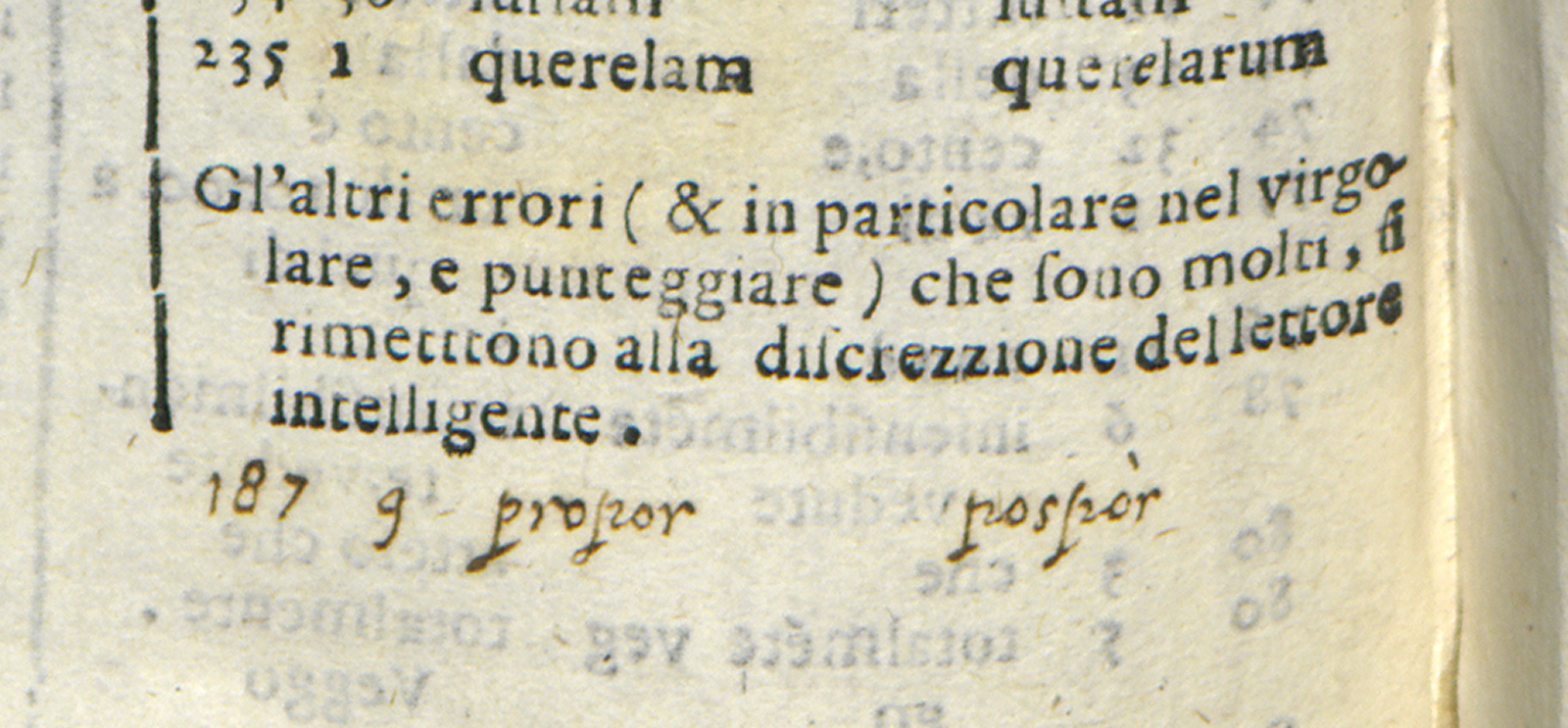
Galileo’s handwriting. (Special Collections Research Center, University of Chicago Library)
Although Leonardo da Vinci famously made realistic sketches of the moon’s surface spots in the early 16th century, the first published images of the moon as seen through a telescope were Galileo Galilei’s.
Based on observations through an instrument that Italian polymath Galileo Galilei had refined to magnify celestial objects 30 times, the engravings appeared in his 1610 volume Side-reus Nuncius (Starry Messenger). Their publication caused a stir. They “were disturbing to some because they showed that the moon is not a perfect object,” says Daniele Macuglia, AM’10, a doctoral student in the Committee on Conceptual and Historical Studies of Science who teaches about Galileo.
In the Aristotelian worldview of Galileo’s Europe, he says, the universe was harmonious and its objects, except for Earth, were perfect. Ancient and medieval observers were aware of the apparently irregular surface of the moon—discernible by the naked eye—but found creative ways to discount the irregularities. Some “thought the moon had different densities in different parts, and this was an optical effect,” says Macuglia. Others believed the moon was a mirror reflecting Earth’s uneven surface.
In addition to evidence of an imperfect moon, Sidereus Nuncius reported Galileo’s observations of a sky filled with many more stars than can be seen by the unaided eye, and of moons revolving around Jupiter.
Galileo was eventually confronted by the Roman Inquisition for later studies that supported Copernican heliocentrism. The church sentenced him as a suspected heretic in 1633, a measure Macuglia calls unfortunate but unsurprising. “They were facing the unknown,” he says. “It was something that created remarkable tensions and that called into question the integrity of the medieval worldview.”
